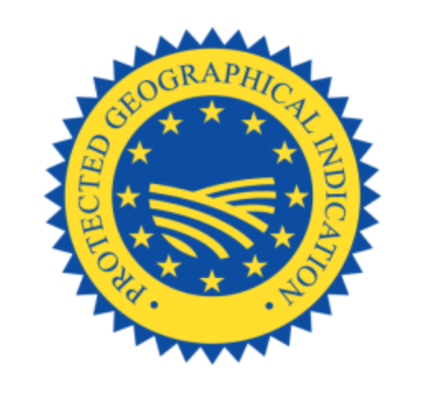- within Intellectual Property topic(s)
From 1 December 2025, EU producers who make traditional products from a specific region can obtain the same legal status and protection as EU producers of agricultural products, wines and spirits. Volha Parfenchyk introduces the new EU protected Geographical Indication (GI), what it covers and the process of registration.
Producers who make traditional regional products will soon have a new legal instrument to protect their creations against counterfeiting and unfair commercial practices throughout the EU. From 1 December 2025, they can apply for a geographical indication for their craft or industrial product, delivering the same legal status and protection that EU producers of agricultural products, wines and spirits have enjoyed since 1992.
What are EU Geographical Indications?
Geographical Indications (GIs) are a form of intellectual property whose essential characteristics are linked to their place of origin. For example, it is because a specific location has a certain soil and climate that it is possible to grow grapes with a certain taste. Likewise, it is due to specific production techniques that glass can be made with a certain structure and appearance. Both types of products – wine (such as Chablis) and glassware (such as Murano) – are examples of two different types of geographical indications, namely, agricultural products, wine and spirits, on the one hand, and handicraft and industrial products, on the other.
Until recently, EU protection only existed for agricultural products, wine and spirits. The lack of legal certainty and the fragmented protection at the EU level regarding craft products led to unfair practices in their production and sale. Many producers of handicraft products are small enterprises, such as individual entrepreneurs or family businesses, and the lack of strong legal protection in the EU made them particularly vulnerable.
What will change?
From 1 December 2025, legal protection for craft and industrial products will be possible throughout the EU. On that date, EU Regulation on the protection of geographical indications for craft and industrial products 2023/2411 will enter into force. Its main objective is to enable producers of craft and industrial products to act more effectively against infringements and thereby generate more turnover. The new regime will also provide guarantees of authenticity, origin and quality of craft products and thus also better protect consumers against counterfeiting.
GI registration procedure
The status of a GI will be granted to a craft or industrial product after completing a registration procedure. This GI registration procedure will – as a rule – consist of two stages:
- 1. Producers submit their GI applications to the designated competent authorities of their country for assessment at the national level.
- 2. Successful applications are then forwarded by the national authorities for further assessment and approval by the European IP Office (EUIPO).
As a rule, the EUIPO will be the main competent authority responsible for supervising the national and EU stages of examination and registration of EU protected geographical indications. In specific cases, the European Commission will have the power to decide on the approval of GI applications. In some cases, a direct application procedure at the EUIPO will be available to producers from member states that have been granted an exemption from the obligation to set up a national system.
Once the GI registration is completed, it will be published in the Union register and producers can then apply the GI symbol on the protected product and its label (as shown below).

GIs as an engine for prosperity, authenticity and quality
GIs are powerful legal instruments for protecting unique local knowledge and crafts and all those involved in their production, such as farmers, producers and craftspeople. After granting protection to agricultural products, wines and spirits, introducing the protection regime for craft and industrial products is an important step in recognising their important role in the development of human resources, the protection of cultural heritage and the creation of local and national prosperity.
The content of this article is intended to provide a general guide to the subject matter. Specialist advice should be sought about your specific circumstances.


